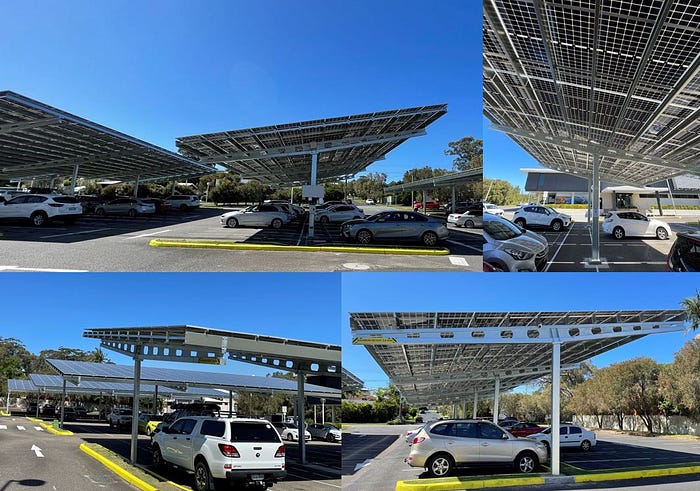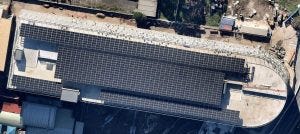Shade Car parks was set up 3 years ago to provide a service to an area of the renewable energy market that was not well served but had huge growth potential. Covid put numerous projects on hold but now we are seeing lots of these come back onboard and lots of new ones start their planning. Sydney Morning Heralds recent article on the growth of Solar Carparks in Australia and around the world is an indicator of how these Shade Carparks are making the transition from a niche product to the mainstream for property owners looking to produce on site green energy to help reach their ESG (Environmental, Sustainability & Governance) requirements and save money on energy costs at the same time.

These structures are perfect for large open ground based carparks and on top of multi level parking areas. Prime properties for these installations are shopping centres, corporate head quarters, council facilities such as leisure centres, business parks, and transport facilities. By providing shaded parking and generating electricity to power the buildings onsite they offer the best of both worlds of providing better facilities for guests and staff but also paying off their capital cost by saving on energy bills by creating your own power station onsite. Government mandated rebates are still available to help offset their cost and there are plenty of innovative finance arrangements that mean these can be installed with zero capital outlay and even generate a positive income stream for the property.


Solar Carparks have revolutionized the renewable energy market in Australia and around the world by providing shaded parking, generating electricity for on-site buildings, and offering government mandated rebates to help offset installation costs. Many solar carport systems include Solar Electric Vehicle Chargers (EV chargers) from companies like JetCharge as the provide a twofold benefit of improved facilities while reducing energy bills through solar power production. From corporate headquarters to leisure centres — these structures are becoming increasingly popular as property owners strive to meet ESG requirements without compromising efficiency or budgeting constraints.






